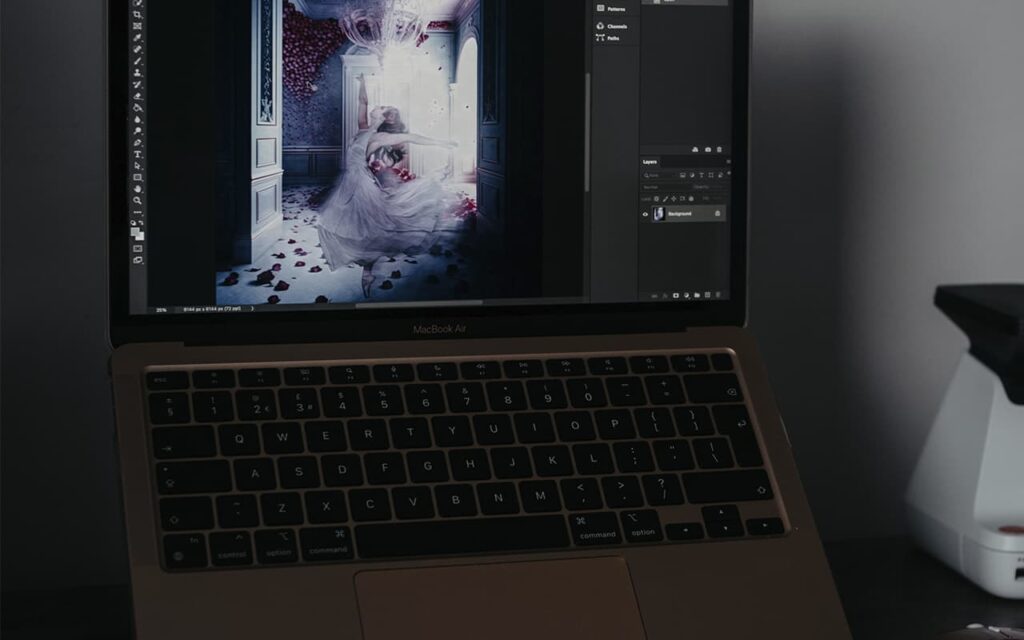The development of 3D model is carried out in several stages:
- Modeling or creation of model geometry
This is the creation of a three-dimensional geometric model, without taking into account the physical properties of the object. The techniques used are:
- extrusion;
- modifiers;
- polygonal modeling;
- rotation.
- texturing of the object
The level of realism of the future model directly depends on the choice of materials when creating textures. Professional programs for working with three-dimensional graphics are practically unlimited in the possibilities for creating a realistic picture.
- Setting the light and observation point
One of the most difficult stages in the creation of 3D-model. After all, it is from the choice of the tone of light, the level of brightness, sharpness and depth of shadows directly depends on the realistic perception of the image. In addition, it is necessary to choose a point of observation of the object. It can be a bird’s-eye view or scaling the space to achieve the effect of presence in it – by choosing a view of the object from the height of human height.
- 3D visualization or rendering
The final stage of 3D-modeling. It consists in detailing the display settings of the 3D-model. That is, adding graphic special effects, such as glare, fog, glow, etc. In the case of video rendering, the exact parameters of 3D animation of characters, details, landscapes, etc. are determined. (timing of color gradients, glow, etc.).
At the same stage visualization settings are detailed: the required number of frames per second and the extension of the final video are selected (e.g. DivX, AVI, Cinepak, Indeo, MPEG-1, MPEG-4, MPEG-2, WMV, etc.). If a two-dimensional raster image is required, the format and resolution of the image is determined, mainly JPEG, TIFF or RAW.
- Postproduction
Processing of captured images and video using media editors – Adobe Photoshop, Adobe Premier Pro (or Final Cut Pro/Sony Vegas), GarageBand, Imovie, Adobe After Effects Pro, Adobe Illustrator, Samplitude, SoundForge, Wavelab and others.
Post-production consists in giving media files original visual effects, the purpose of which is to excite the mind of the potential consumer: to impress, arouse interest and be remembered for a long time!
